2 min read
How Improving Indoor Air Quality Can Drastically Cut Costs
Emilie Hage Mogensen
:
30 Sep, 2024
.jpg)
The recent cost-benefit study, Reducing Indoor Infections: The Economic Potential, presents a compelling case for Far-UVC technology. It shows that the benefits of deploying Far-UVC lamps in indoor spaces strongly outweigh their costs.
Key Findings: Economic Value and Health Impact
Using equivalent air changes per hour (eACH) achieved by Far-UVC lamps, the authors calculated the number of infections avoided during a typical winter, a pandemic wave, and a severe pandemic wave. These figures were then compared to the costs of the lamps, including installation, maintenance, and energy expenses.
Learn everything you need to know about Far-UVC here
According to the study, Far-UVC lamps, when installed in indoor settings like restaurants, offices, and waiting rooms, offer a benefit-to-cost ratio of up to 290:1 in a regular winter and 20,500:1 in severe pandemic conditions. This translates to substantial economic savings*:
- 2.4 sick days are avoided per person annually during normal winter conditions.
- Net benefits amount to EUR 1,500 per person in a normal winter.
- EUR 3.3 million in benefits for a large office during a severe pandemic wave.
The numbers clearly indicate that the cost savings from reduced sick days, healthcare costs, and productivity losses far exceed the initial investment required for Far-UVC installations.
Efficacy of Far-UVC in Different Settings
The study also highlights the versatility of Far-UVC technology. Whether reducing infection risks in crowded areas like hospitals and waiting rooms or improving indoor air quality in large office spaces, Far-UVC provides a scalable solution adaptable to various settings. For instance, Far-UVC systems in large offices can generate EUR 42,000 in benefits during a regular winter, while in more critical environments such as hospitals, the technology plays a crucial role in reducing pathogen loads.
UV Medico’s Role in Enhancing Indoor Air Quality
UV Medico’s UV222™ technology emits Far-UVC light and efficiently improves indoor air quality by inactivating airborne pathogens. This is especially important in healthcare facilities, where maintaining high cleanliness standards is essential.

Key benefits of UV222™ include:
- 99.9% of pathogen inactivation, including SARS-CoV-2 and influenza virus. Read more about it here
- Continuous decontamination of both air and surfaces without the use of harmful chemicals, making it a safer and eco-friendly option.
- The ability to operate in occupied spaces, ensuring real-time decontamination without disruption.
At UV Medico, we are proud to advance research and innovation in this area. Our collaboration with leading academic institutions ensures we remain at the forefront of developing solutions that meet the rigorous demands of infection control in healthcare and other industries.
Far-UVC technology is not only a powerful tool for reducing the risk of infections but also offers substantial economic benefits. The cost savings, enhanced air quality, and improved public health outcomes make it a vital solution for both pandemic preparedness and day-to-day infection control.
As UV Medico continues to develop Far-UVC technology, the potential for safer indoor environments across multiple industries is immense.
*The study was based in Switzerland, but the results are reported in euros for convenience.
Frequently Asked Questions
-
What are the economic benefits of implementing Far-UVC in indoor spaces?
A cost-benefit analysis conducted by d-fine revealed that installing Far-UVC lamps in indoor environments yields substantial economic advantages:
-
Normal Winter Conditions: Avoiding 2.4 sick days per person annually, resulting in net benefits of approximately €1,500 per person.
-
Severe Pandemic Wave: Generating benefits of around €3.3 million for a large office, with a benefit-to-cost ratio reaching up to 20,500:1.
-
-
What does equivalent air changes per hour (eACH) mean, and how is it achieved with Far-UVC?
eACH is a metric that quantifies the air-cleaning effect of Far-UVC as equivalent to a certain number of ventilation air changes, improving air quality without increasing energy use.
-
Where can Far-UVC technology be implemented?
Far-UVC is suitable for healthcare facilities, offices, restaurants, waiting rooms, and any other indoor spaces where infection control is essential.
-
What pathogens were tested in the study, and how effective is Far-UVC?
The study showed Far-UVC effectively inactivated pathogens like SARS-CoV-2, influenza virus, and Candida auris, achieving up to 99.9% pathogen reduction.
 UV222™
UV222™ UV222 Linear
UV222 Linear UV222 Downlight
UV222 Downlight Vertex 222
Vertex 222.png) UV222 Pendant
UV222 Pendant.png) UV222 Booth
UV222 Booth.png) UV222 Step-On
UV222 Step-On.png) UV222 Cleanroom Downlight
UV222 Cleanroom Downlight UV222 Dual Downlight 60x60
UV222 Dual Downlight 60x60 UV222 Material Airlock
UV222 Material Airlock UV222 Ambulance
UV222 Ambulance UV222 Compact
UV222 Compact UV222 Industrial
UV222 Industrial.jpg)
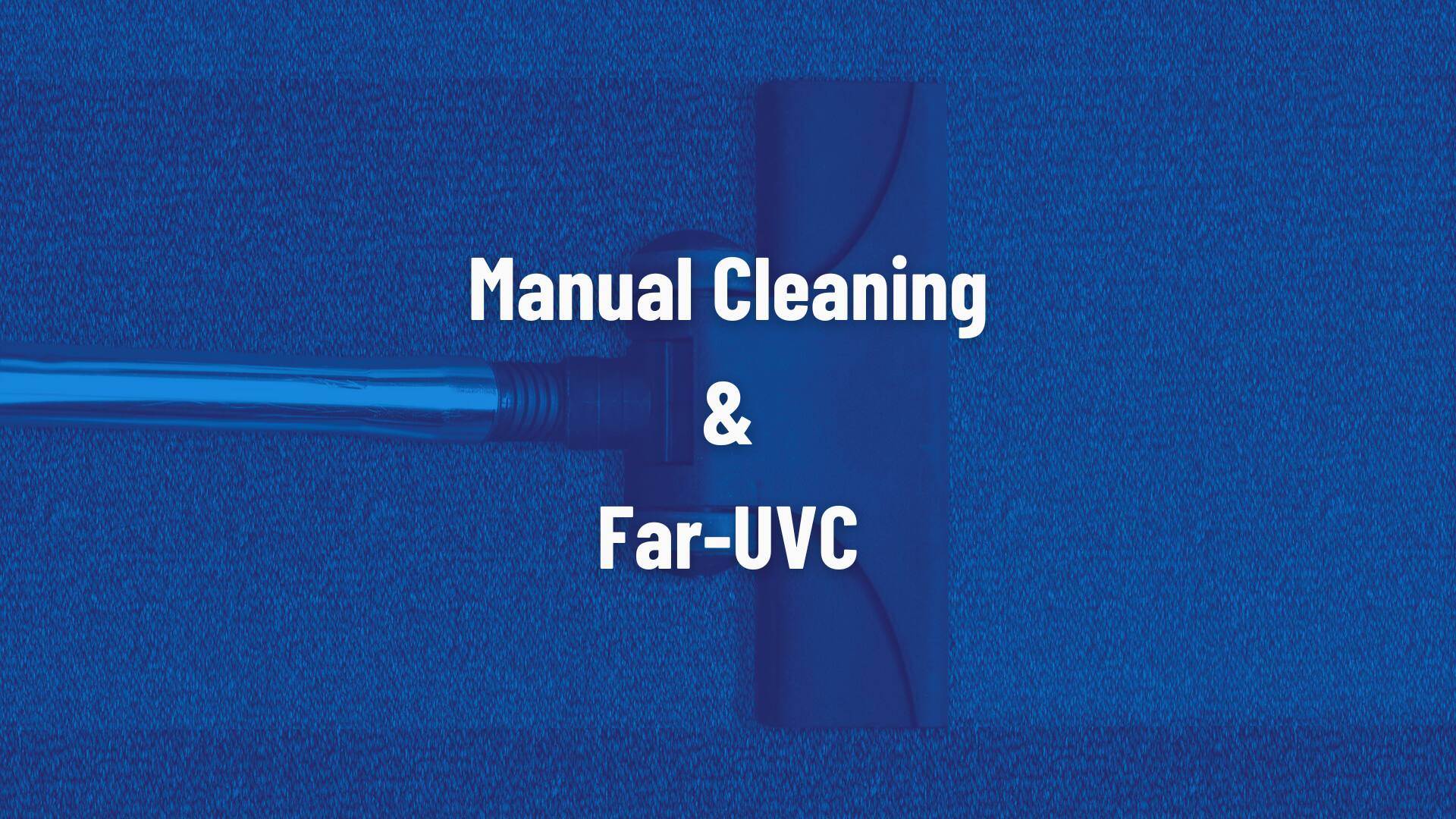
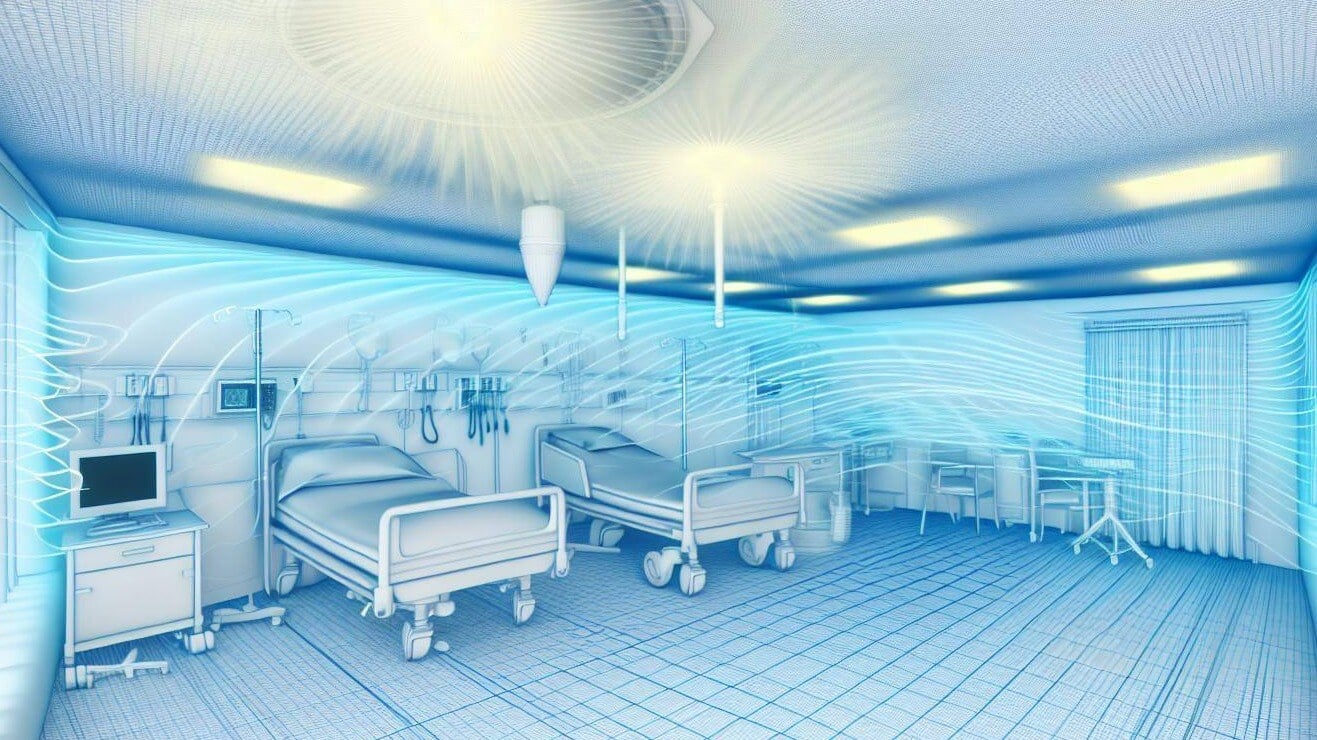
.jpg)
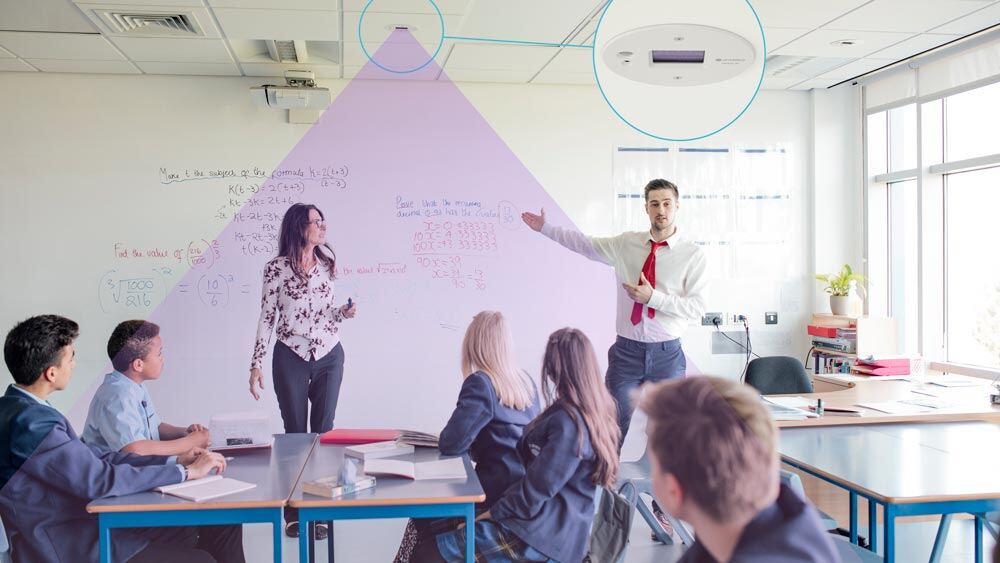
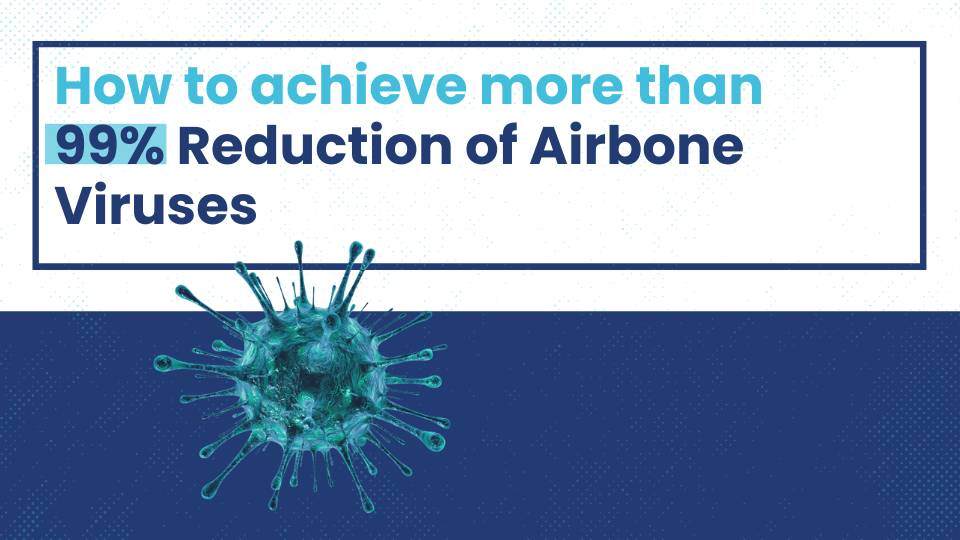

.jpg)
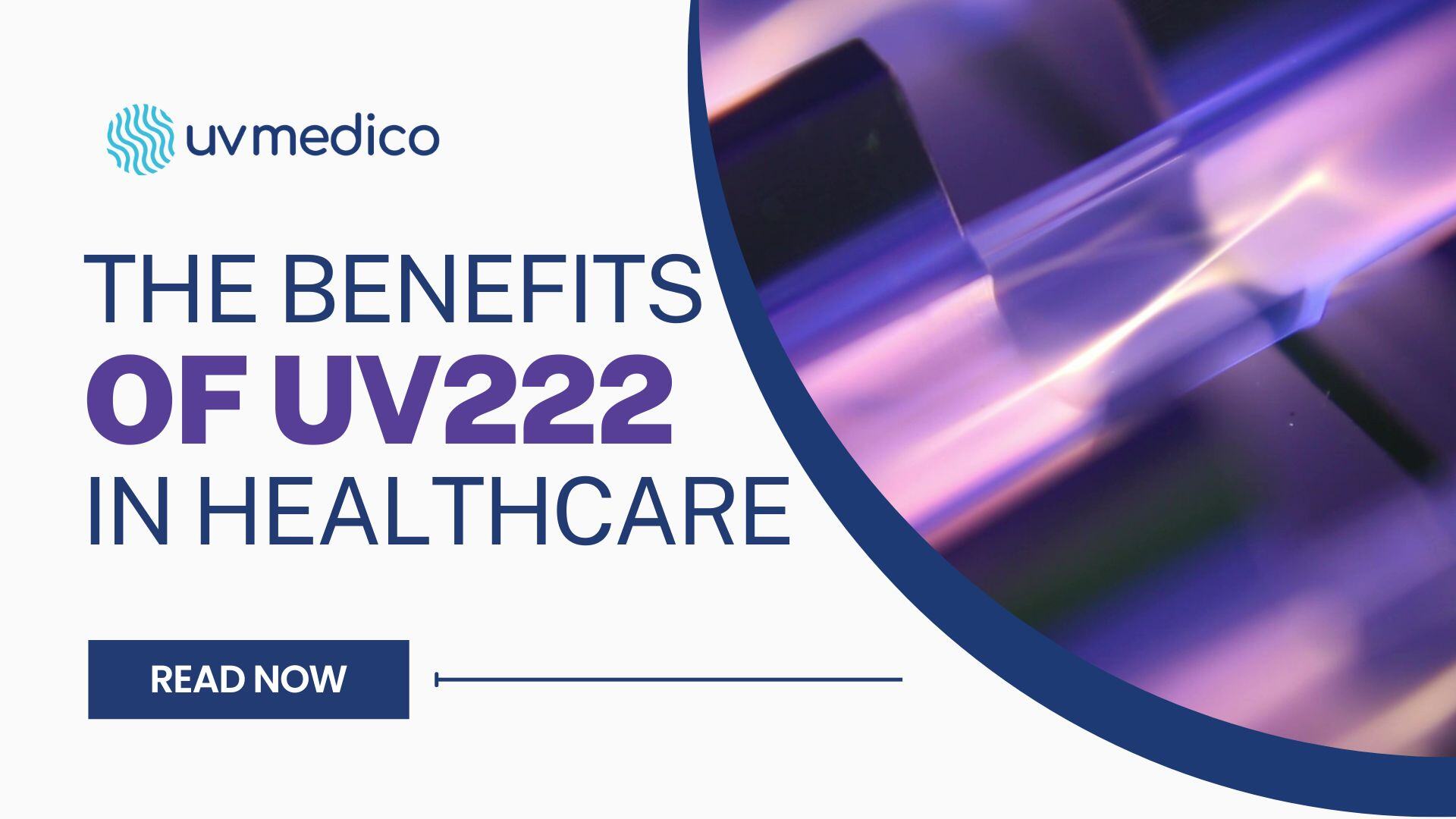
.jpg)